Help is here for mobile operators transitioning to 5G! Many operators are already deploying 5G and gradually retiring their 3G networks. But this is not such a simple process—an operator’s inability to support 3G inbound roamers will limit inbound roaming revenue. It may lose out connecting with overseas operators that are not on Voice over LTE (VoLTE) roaming—and a good many of these remain worldwide.
But not all is lost. Syniverse’ SVP for Asia-Pacific Paul Hodges tells Ken Wee, Bridge Alliance’s SVP Alliance Partnership & Innovation how navigating 3G sunsetting can be a smoother process for 4G/5G-only operators. Syniverse’s solution enables them to support 3G fallback for voice calls made over VoLTE. Roamers can continue to enjoy seamless connections to voice and data, driving roaming revenues for these operators.
Ken: Hi Paul, could you give a brief overview of Syniverse’s solutions and how Syniverse can assist mobile operators with the transition to 5G?
Paul: As a Bridge Alliance technology partner Syniverse always values the opportunity for discussions with Bridge and alliance member operators around the world. Syniverse has been in the mobile industry for over 30 years now. And we’re very proud to play a pivotal role in helping mobile operators evolve their networks and services through every transformation. The transformation to 5G really represents some technology shift, for operators and for consumers, bigger even than the move from 3G to 4G.
We realise how 5G and IoT are quickly becoming key areas of focus for mobile operators and their customers. And Syniverse offers both foundational capabilities and technology solutions to operators in terms of network signalling, policy, charging, messaging and analytics, all of which are essential to next generation technologies.
For many of these solutions, Syniverse owns multiple patents in the underlying technologies, in particular for signalling in GSM, 4G and 5G signaling, and also in clearing solutions, messaging, various security technologies. We have a total of 124 patents issued, and a further 28 more recent patents pending. Owning these intellectual property makes it much more efficient when it comes to customizing solutions for our customers.
And at Syniverse we’re really proud to provide a truly integrated complete portfolio of products to help operators transition to 5G and beyond. As telcos transition from 4G to 5G networks, some are beginning to shut down their older 3G networks to create more spectrum for 5G.
Ken: What are some of the problems operators may face?
Paul: That’s a good question. Yes, we’ve seen this all over the world. There’s been some quite high profile announcements from major operators. I think many mobile operators are looking again for ways to refarm spectrum, this time the 3G spectrum, in order to invest in the opportunities that 5G will bring.
Shutting down 3G networks puts valuable inbound roaming revenue at risk, as most operators don’t yet have a critical mass of 4G VoLTE roaming agreements in place and still rely heavily on the revenue from 3G roaming partners. The global uptake of voice over LTE or VoLTE roaming has been quite slow. And we see even for operators with domestic VoLTE deployed, there is still quite a reliance on 3G networks for voice roaming.
Ken: Paul, I understand that there is only a small numbers of operators who have launched VoLTE roaming. What do you think are the possible reasons? And what solutions does Syniverse have in place to help operators?
Paul: VoLTE roaming has actually been in place for many years now, on a limited basis, but for various reasons, some commercial, some technical, it’s still not yet become the norm. I think it’s worth mentioning that without full VoLTE roaming in place, if a device can’t attach the voice service, then it won’t attach the data either. So without a voice network, not only are you losing voice revenue, but the associated data revenue as well.
While we’re still waiting for VoLTE roaming to become more widespread, which may take several more years, at Syniverse we’ve come up with a transitional solution. It was developed for operators who are considering sunsetting 3G networks, and it’s a great way of continuing to receive valuable inbound revenue on 3G roaming agreements after the 3G networks themselves have been switched off.
The new solution is called Evolved Mobility, basically a 3G to VoLTE interworking system. And the beauty of the solution is that it’s totally transparent to the home operator. So a visited operator which has shut down 3G services can continue to serve 3G inbound roamers quite transparently on their VoLTE network without the need for full VoLTE service arrangements in place. Syniverse provides a hosted IMS core and a P-Gateway, a purpose built networking functions that sit between the visited and the home operators. In this way, operators can move forward with their plans to sunset 3G networks without endangering inbound roaming revenue that comes from 3G roamers. And we are getting a lot of interest from operators globally, particularly here in the Asia-Pacific region.
Ken: Could you tell us a little bit more about the challenges and impact that this could have on operators’ roaming business? And what solutions is the industry developing to address this challenge now?
Paul: Sure, as I mentioned, the impacts can be very significant for operators switching off 3G services, resulting in a total loss of 3G inbound revenue. I think the challenges are also numerous as any solution needs really to address every aspect of roaming, from signalling to connectivity to clearing and settlement.
The simplicity of the Syniverse solution is that we already handle these elements for the majority of the world’s operators in billing and charging. Because the visited network has packet-switched VoLTE and the home network may be circuit-switched 3G, there are different types of TAP files required. Syniverse with our best-in-class data-clearing services can handle this easily with new features to our clearing service that can give a visited operator the ability to charge the home operator for voice not as a data session, but in the traditional per minute charging.
Now this is a huge bonus for operators, they don’t need to make any changes to their billing systems or charging mechanisms. Another advantage Syniverse has is a premier global IPX network. For the Evolved Mobility solution, because we’re facilitating voice traffic, a direct path is preferred, otherwise the quality of the call could be impacted. And Syniverse’s global IPX network reaches more on net mobile customers than any other provider in the world. It’s perfect to facilitate this kind of traffic. Also, with the signaling path, because Syniverse can handle DSS over our IPX, the solution really is transparent to both the customer and the home operators.
And finally on fraud prevention, we can also continue to provide near trade near real time roaming data exchange files seamlessly for the visited operator. Many operators are currently launching their 5G networks.
Ken: What should mobile operators be thinking about when implementing 5G roaming?
Paul: The transition to 5G roaming is really twofold. The first step will be 5G non-standalone as basically operators are utilising existing 4G core networks, but roaming to and from 5G radio access networks, and Syniverse IPX already facilitates 5G non-standalone roaming for those few operators that have launched.
The second step will be 5G standalone roaming. And of course, all of the technologies will be around for a while, so it’s important that they all inter-work with each other. Syniverse has solutions to assist mobile operators with really all aspects of 5G interconnection and roaming, regardless of an operator’s roadmap for 5G rollout.
I’d like to talk a little more about this. For signalling. 5G introduces a new cloud native web friendly protocol, HTTP2, which replaces the traditional 3G and 4G protocols. With over 30 years’ experience and a large number of patents around signalling services, we’ve developed a new HTTP2-based 5G signalling controller. And we’re already working with multiple operators towards preliminary end-to- end roaming trials. 5G also introduces a new entity, the Security Edge Protection Proxy or SEPP. This ensures security around interconnection and roaming between networks, and security really is key for 5G.
At Syniverse, we’re also developing a new SEPP hosted offering in our 5G network portfolio, that’s coming out later this year. And this will help simplify the important but complex security function around 5G roaming. Policy is also undergoing a substantial change, which means new interfaces and different control panel elements can be presented at different points along the network. And Syniverse is in the process of enhancing our mobile policy control centre to accommodate for all these changes. 5G is also really the perfect driver for widespread RCS rollout globally.
Ken: The standards for RCS have been around for a long time now. Hopefully, 5G could just be the technology boost we need for RCS adoption by operators. How can Syniverse help?
Paul: RCS brings a rich, interactive multimedia experience to mobile messaging. It really gives the control back to the operators with the ability to provide ubiquitous service reaching all customers. This is a huge advantage that the mobile operators have over the OTT social network apps and channels. Although the standards for RCS have been around for a long time, it’s not yet that widely adopted. We see 5G functionality, networks and handsets really being the key to widespread adoption of RCS.
Syniverse has developed an RCS interworking hub IMS exchange to facilitate RCS P2P interoperability between operators globally. Syniverse has one of the broadest reaches of any RCS provider. We’re one of the only RCS P2P hub providers in the world that are connected directly into Google’s core. So operators will be able to exchange RCS messages with the customers of any mobile operator using Google’s RCS hub.
At Syniverse we’re also developing a hosted RCS core to be rolled out later this year. So as you can see, it’s really an exciting time for the industry. And Syniverse, we’re ready with a wide range of next-generation solutions and truly transformational technologies designed specifically to make the transition to the next generation of networks a simple, rewarding process for our operator partners.



